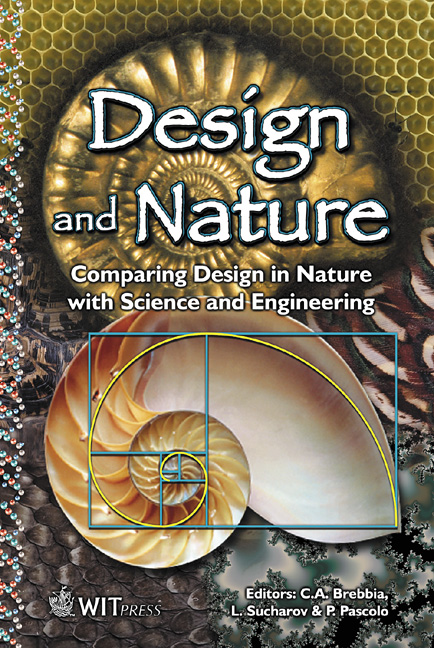Materials And Structures Of Foods
Price
Free (open access)
Transaction
Volume
57
Pages
Published
2002
Size
766 kb
Paper DOI
10.2495/DN020391
Copyright
WIT Press
Author(s)
J. M. Aguilera
Abstract
Many structural designs of the foods we eat have evolved throughout the centuries based on the properties of raw materials and transformations induced by mankind, mostly by trial-and-error and evolution. Structure in foods is important in that it is directly related to their texture and quality. Some structural elements are recognized by the naked eye while most are discernible only with the aid of microscopes. Typical recognizable elements in food architecture are discussed and illustrated. Although important in themselves the interaction between elements is responsible of the desirable functional properties and textural identity of foods. Application of concepts from materials science and engineering will result in controlled improvement of traditional foods, use of new ingredients and technologies, and design novel foods from molecules to functional structures. 1 Introduction 1.1 Food structure and design The primary source of structural elements in foods are the tissues of plants and animals (including milk) as produced by nature (Figure 1). Mankind first learned how to preserve the basic foods, and later, how to fractionate them into more pure components, giving birth to the food ingredient industry. Along the way the first forms and textures of traditional foods (breads, cheeses, processed meats, etc) were developed mostly through trial-and-error. In the 20th century food manufacture evolved from an artisan production into the centralized and specialized operation of today where refined ingredients are mixed and assembled into a multitude of products. The end of the past century saw the initiation of food fabrication, whereby new products and analogues are designed and created in a more predictable way. Cooking has provided the opportunity to
Keywords





